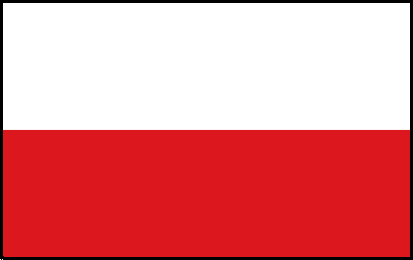Home
Members
Planning
Project News
Contact
|
Click
here to view all
publicly available reports
and deliverables.
Flyers
available in the following languages (click on the appropriate flag
to download pdf):








The AZIPILOT Project has
developed a number of focussed questionnaires to help us establish
the needs and expertise of the Industry, if you would like to
contribute to this research, then please download the relevant
questionnaire here:
Class Societies
Maritime Societies
Pilot
Organisations
Unions
Ship Owners & Operators
ACD Producers
Insurance
About the Project
From the
thrusters on smaller, but numerous, harbour support vessels through
to the pod-drives on cruise ships and ocean going liners, azimuthing
control has rapidly established itself in the maritime industry.
While the industry has risen to meet the demand, this rapid
evolution has not allowed sufficient time for the propagation of
knowledge throughout the different disciplines. Though the various
sectors of the industry each have their own expertise, a lack of
communication is both restricting progress and compromising safety –
in addition, much work is being repeated unnecessarily.
The project
brings together the industry sectors responsible for design and
testing, simulation and training, the pilots that operate these
ships and the authorities that regulate them. The project aim is to
promote a wider understanding across the industry, leading to harmonisation of practice and providing recommendations for both
police making and the pilot training process and practice;
specifically for ships that use azimuthing manoeuvring devices.
The project provides a forum for cross-disciplinary discussion
between the key industry sectors; specifically:
-
The specialist in HYDRODYNAMIC MODELLING and testing, both theoretical and
experimental, and expert in the understanding of azimuthing
control devices.
-
The designers and manufacturers of
MARINE SIMULATION
software, hardware and physical models that are used for the
training of marine pilots. Including, the designers, human
factors specialists and manufactures of automation and control
systems, joystick systems and graphical user interfaces.
-
The MARITIME TRAINING
facilities using both numerical and physical simulation tools
and specialist in the theory and practice of human factors
(physical and behavioural components) and specialist in the
training of bridge-crews and pilots.
-
Practitioners in OPERATIONAL PRACTICE including maritime pilots, ship
operators/managers, pilot association and end-users. And
including, Maritime Authorities and Regulators specifically
interested in policy and regulation.

Generally speaking, the project will draw on four
main sources of input, interact with four key areas of ongoing
activities and result in four main outputs. Specifically, the four
main sources of input include: the results and recommendations from
previous projects; existing general maritime training methods;
existing knowledge from contributing related disciplines; existing
more general regulations and criteria. The four key areas of
ongoing activity include: other national, international and E.C.
research projects; existing conference series in the same or related
domains; existing international technical forums; existing maritime
associations. The four main outputs include: the publication of a
dedicated technical journal; guidelines for a dedicated maritime
training program; data for a dedicated engineering lecture series;
recommendations for specific regulations and criteria.

|
